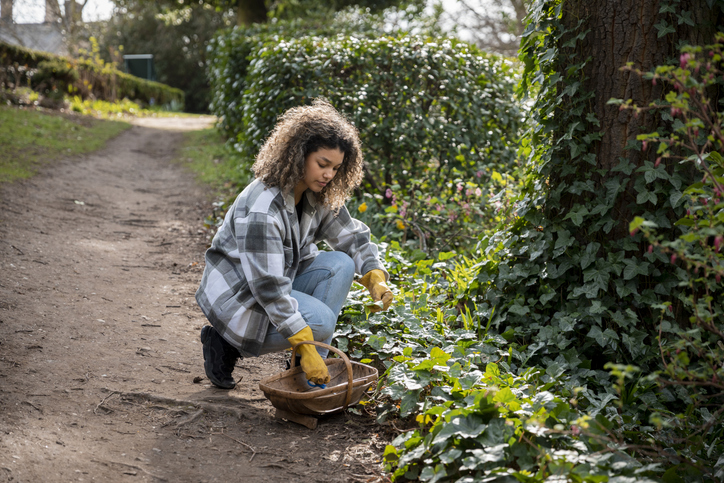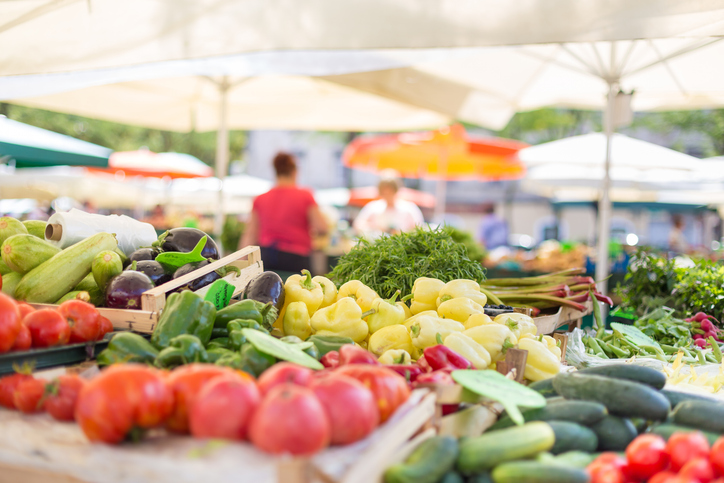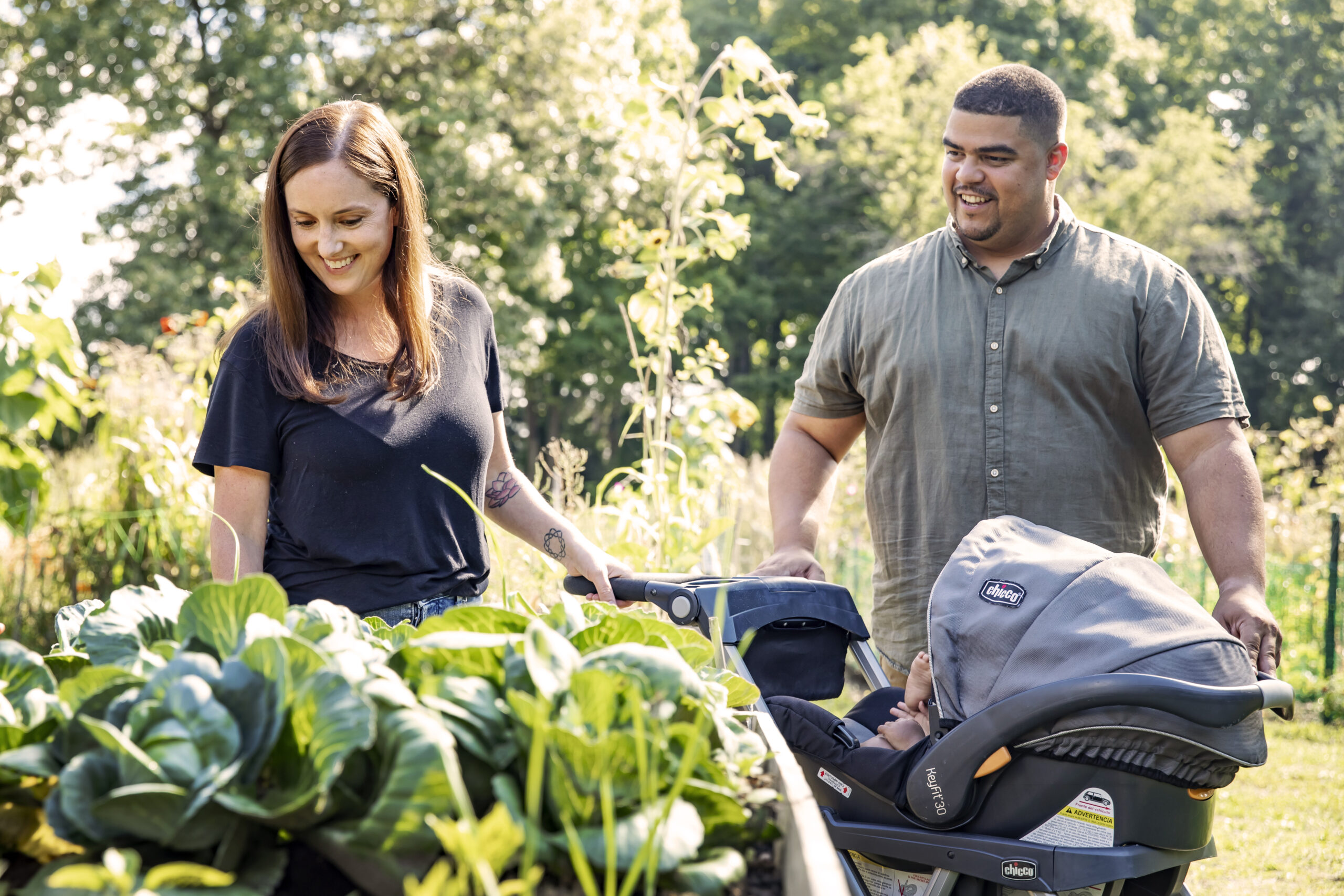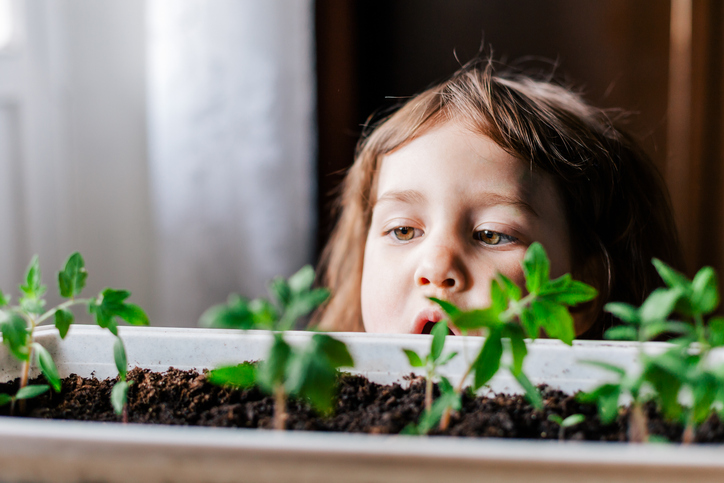Often the term “eating local” might spark images of expensive produce, hours of prep work in the kitchen, and an overall headache of trying to figure out what “local” even means. As busy people with tight budgets, it may not even feel worth trying to eat locally. However, Massachusetts offers many ways to do so easily and cheaper than you might expect. Your EBT card can unlock many amazing resources to access local foods. This not only benefits you, but it supports our local farmers across the state.
Learn to Forage and Cook Native Plants
There are many edible plants available all around us, including in our own backyards and parks. Foraging is a way to use these plants that are native to where we live. It can take a little work to figure out which plants are safe to eat and how to prepare them in the kitchen. Luckily, there are many resources created specifically to help you learn how to safely forage. The Boston Food Forest helps maintain local urban edible parks. These are places that are specifically designed to grow local edible plants within the city. They even offer foraging walks at a discount to help you learn what is edible in your neighborhoods. If you are not in the Greater Boston area, check in with your local library. Many libraries offer discounted or free foraging tours to help you learn more about your area’s local plant life.

Additionally, the North American Traditional Indigenous Food Systems (NATIFS) has foraging guides specific to different regions of the United States. Each guide describes what the plants look like, when and how to harvest them, and ideas for cooking the plants. In the Northeastern Foraging Guide, you can learn about elderberries, fiddleheads, wild strawberries, and more. This NATIFS website also includes videos with similar foraging information if you are a more visual learner. If you cannot make it to a foraging walk, use this guide for some DIY foraging here in New England.
Once you have collected your native plants, you may not know what to do with them next. Check out this Spotlight on Indigenous Recipes from the Northeast to get you started. This post features more NATIFS resources specifically focused on cooking. Six recipes from NATIFS include one or more of the foods mentioned in the foraging guide.
Access Your Farmers Markets and Farm Stands
If you do not have the time to go out and forage your own local food, there are many other ways to eat locally. Here in Massachusetts, you can use your EBT card at many farmers markets and farm stands. Farm vendors that are enrolled in the Healthy Incentives Program (HIP) offer a huge savings on fresh fruits and vegetables. All you have to do is swipe your EBT card at a vendor’s stand. The amount that you spend is then replenished on your EBT card. Check out our web page on HIP to learn more about the process. If you are not sure where to go, we can help you with that too. This Farmers’ Market Locator is a tool that tells you what markets, farm stands, and other vendors are in your area. The map also shows which vendors accept HIP and/or SNAP.

Cook What You Gathered
Whether you tried out foraging, visited the nearby farmers’ market, or simply found local foods in your local grocery store, it is time to get cooking. The NATIFS recipes are a wonderful place to start. Indigenous communities designed them with the idea of honoring and showcasing the local ingredients as much as possible. Additionally, there are a number of recipes here on the SNAP-Ed website. Check out the Recipes page and try searching by ingredient. That can be an easy way to find exciting, healthy recipes for new ingredients you discover at your farmers’ market. If you find fresh strawberries at the market, try this Strawberry-Watermelon Smoothie—it is perfect for a hot summer day.

Eating local can seem intimidating, but it does not have to be. This SNAP-Ed website has plenty of resources to help you in whatever way makes sense for you. It also does not need to be perfect. There are plenty of ways to add one or two local ingredients into your daily patterns without spending a ton of time or money. Simply do what works best for you and your lifestyle.
Did you find this blog post helpful? Please click the heart button!




